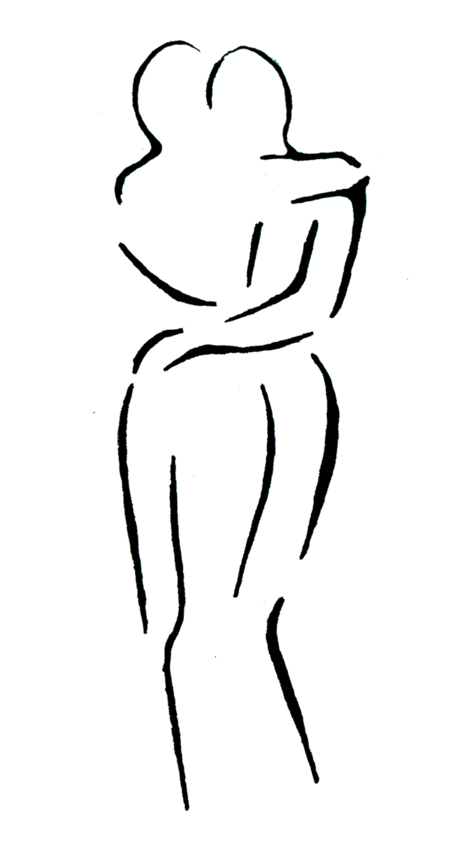Passive Aggressive behaviour
Passive aggressive behaviour takes many forms. Most of us know it by the obvious signs; verbal low-level attacks (criticism, snide comments etc) or indirect behaviours (slamming doors, stomping around). But passive aggressive behaviour may not always be conscious for example; procrastinating or avoiding (eg; being late), chronic forgetting, self-pity, withholding (actions such as sex, or even making a cup of tea), learned helplessness and shifting blame. Ultimately; passive aggressive behaviour is a way of expressing anger covertly or indirectly. This way of resolving issues seems almost unnoticeable. Passive aggressiveness can appear low-key, making it can difficult to identify and admit to. It can push people way with the slow drip-feeding of negativity. In order to change your behaviour, firstly, it's important to connect with the emotion. Often with PA behaviour it stems from not having a good understanding of why you are angry. Before you start addressing your actions start paying attention to what is triggering you. Then give yourself time to make the needed changes, showing yourself compassion as you do. Finally; practice! Practice how to assert yourself before you do, this will hopefully help you feel more confident.

